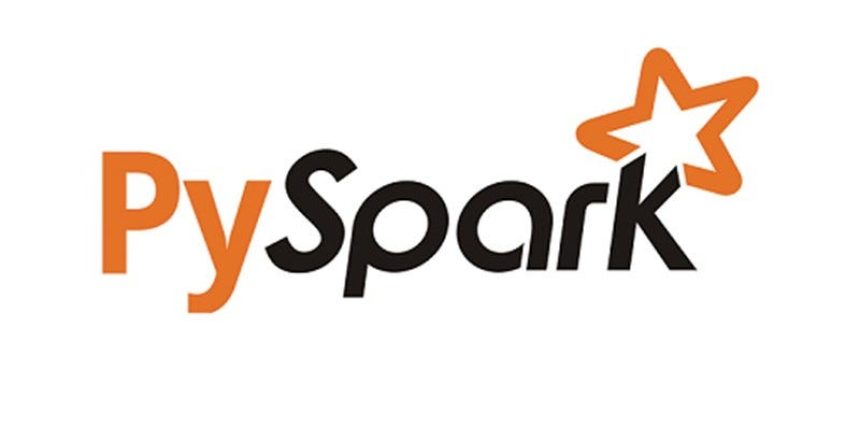
In the ever-expanding landscape of big data processing, PySpark has emerged as a transformative force, enabling developers and data engineers to harness the potential of massive datasets with ease. From its inception, PySpark has evolved to become a cornerstone tool in the realm of big data analytics. This blog takes you on a journey through the latest advancements in PySpark, shedding light on how these innovations are shaping the way organizations process, analyze, and derive insights from their data.
1. Introduction to PySpark: A Pythonic Approach to Big Data PySpark’s unique proposition lies in its fusion of Python’s simplicity and the power of Apache Spark’s distributed computing capabilities. This combination offers a user-friendly yet robust platform for processing and analyzing vast datasets. It has evolved beyond a mere interface, providing a comprehensive ecosystem for big data operations.
2. Unified Data Processing with Structured APIs: Simplifying Complex Tasks One of the latest advancements in PySpark is the integration of structured APIs, which include DataFrame and SQL APIs. These APIs simplify the process of working with structured data, enabling developers to perform complex operations using familiar SQL expressions and data manipulation functions. For a practical example of how structured APIs can simplify data processing tasks, explore HackFuel, a platform that showcases how technology streamlines complex operations and enhances data manipulation.
3. Vectorized UDFs: Boosting Performance with Optimized Functions PySpark’s latest feature, Vectorized User-Defined Functions (UDFs), enhances performance by executing operations on entire batches of data at once. This vectorized approach minimizes the overhead of processing, resulting in significant speed improvements and efficient utilization of resources.
4. Adaptive Query Execution: Optimizing Performance Dynamically PySpark’s adaptive query execution feature is a game-changer for optimizing query performance. It dynamically adjusts execution plans based on the characteristics of the data being processed, ensuring efficient resource utilization and faster query completion times.
5. Delta Lake Integration: Transactional Capabilities for Data Lakes Delta Lake integration brings ACID transaction capabilities to data lakes, eliminating the trade-off between data integrity and flexibility. PySpark’s seamless integration with Delta Lake allows organizations to maintain consistent, high-quality data while still benefiting from the scalability of data lakes. For a comprehensive understanding of Delta Lake and its integration with PySpark, you can refer to the official documentation by Databricks: Delta Lake Documentation.
6. Machine Learning with PySpark: Empowering Data-Driven Insights PySpark’s machine learning libraries empower data scientists and analysts to build sophisticated models on large datasets. The MLlib library, coupled with the latest enhancements, enables streamlined model development, training, and evaluation, facilitating data-driven decision-making.
7. PySpark in the Cloud: Leveraging Cloud-native Architecture PySpark’s compatibility with cloud platforms, such as Amazon Web Services (AWS), Google Cloud Platform (GCP), and Microsoft Azure, enables organizations to seamlessly deploy and scale their big data workflows in cloud-native environments. This integration offers flexibility, scalability, and cost-efficiency. For insights into how to architect applications for cloud environments, explore this informative article by IBM: Four Architecture Choices for Application Development.
In conclusion, PySpark continues to redefine how organizations process and derive insights from big data. With its user-friendly Python interface and a plethora of cutting-edge features, PySpark is a force to be reckoned with in the world of data analytics. As we traverse the dynamic landscape of big data processing, PySpark’s latest innovations stand as a testament to its enduring impact on data-driven decision-making and innovation.

